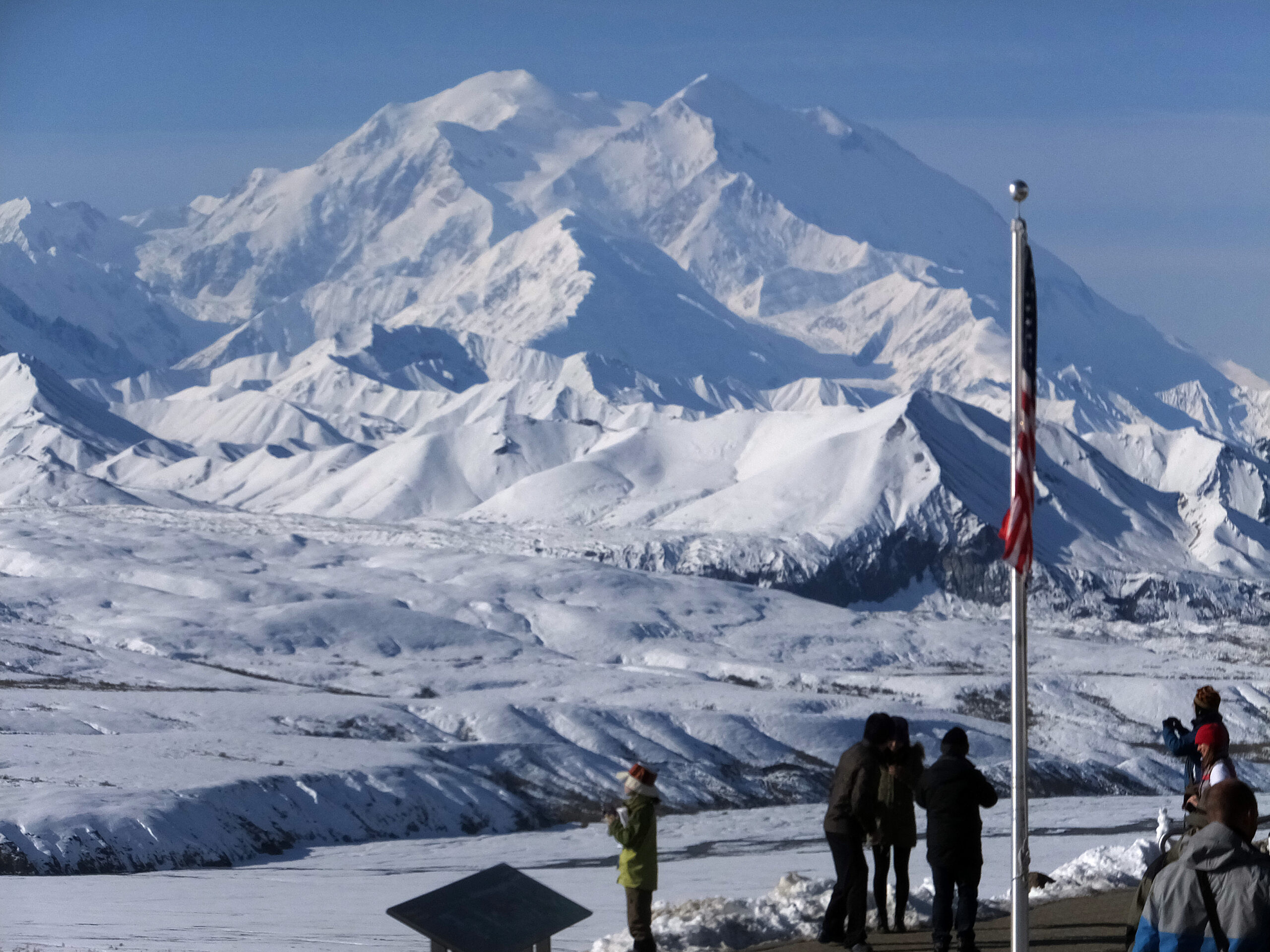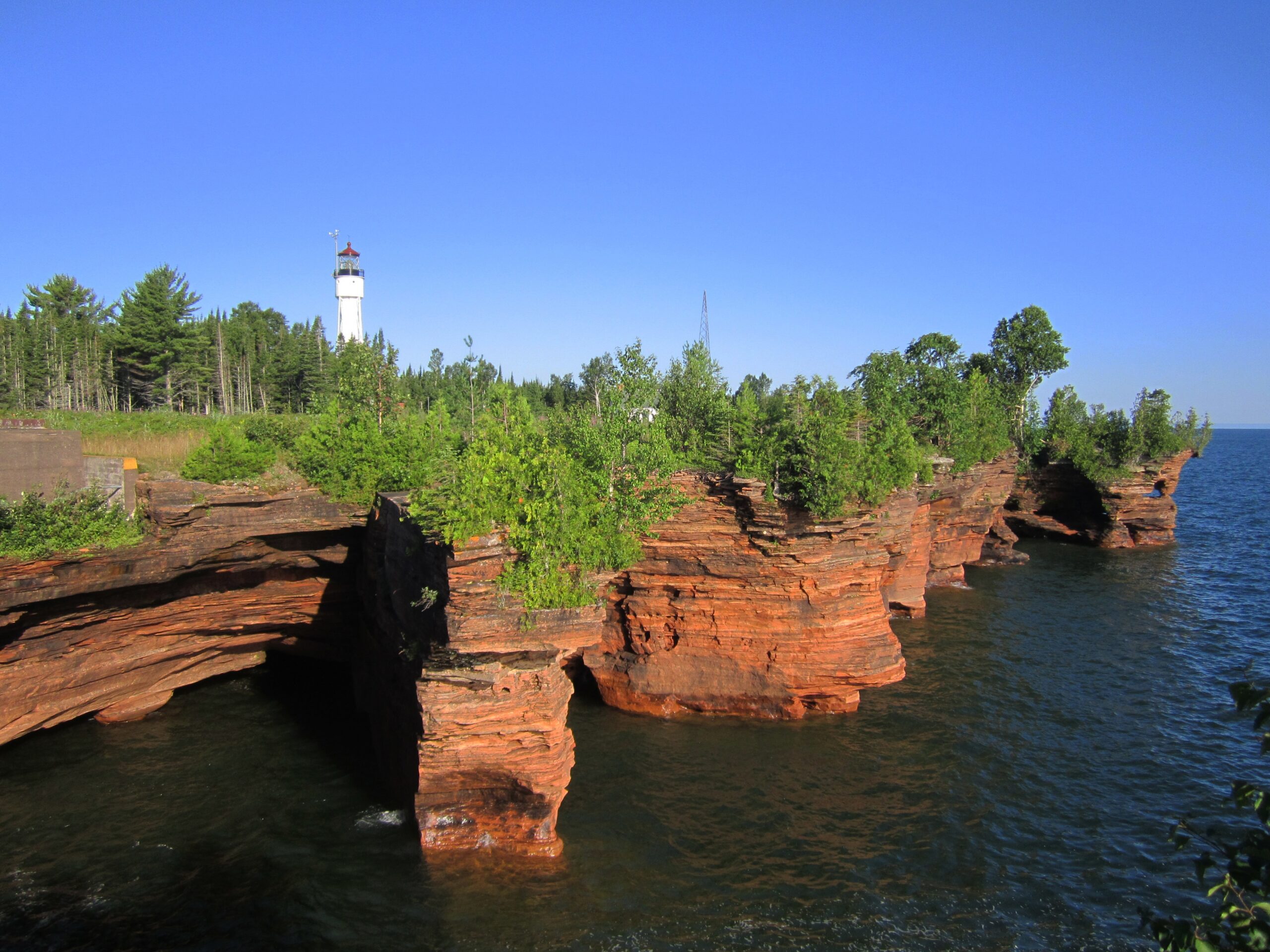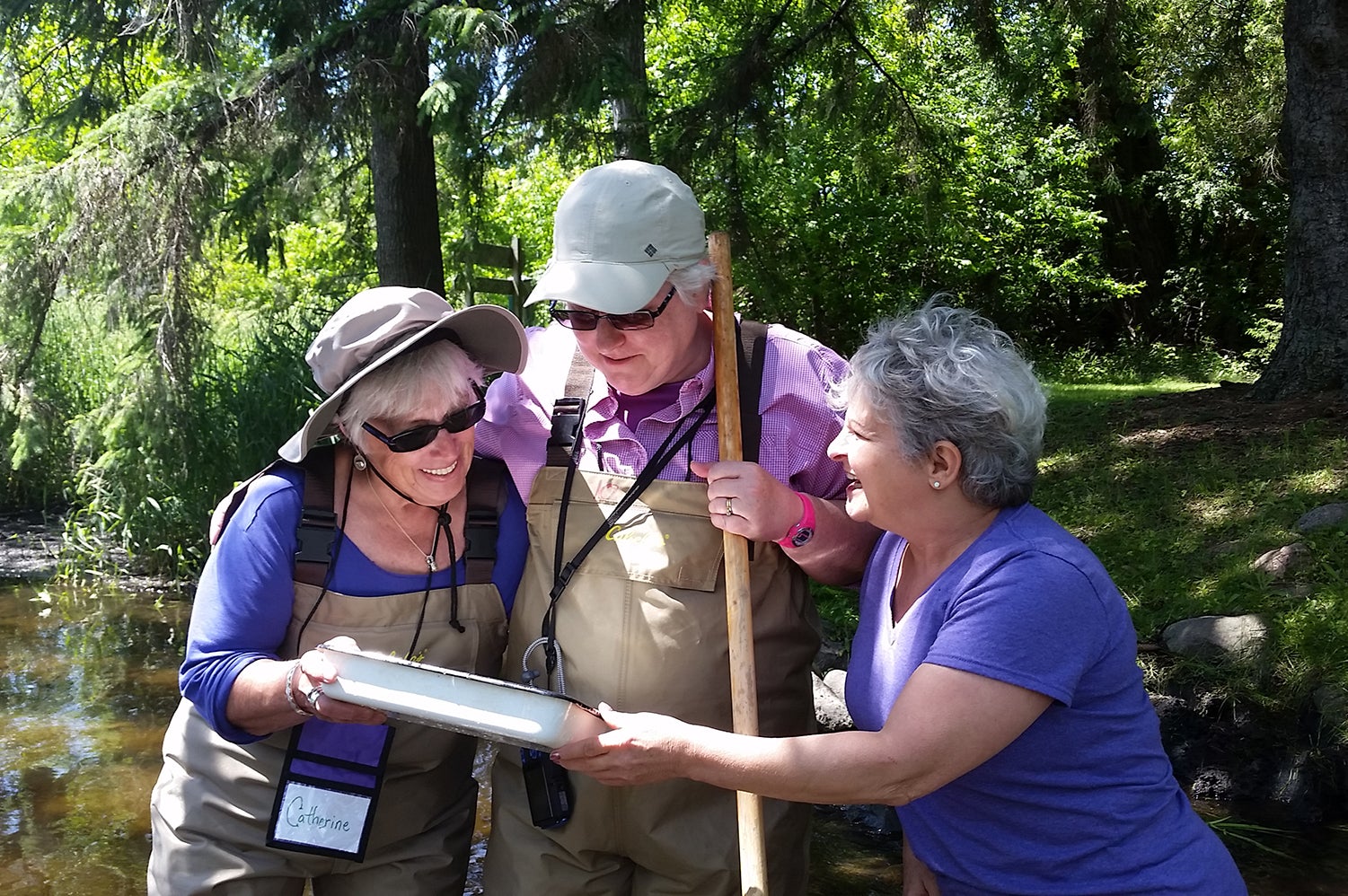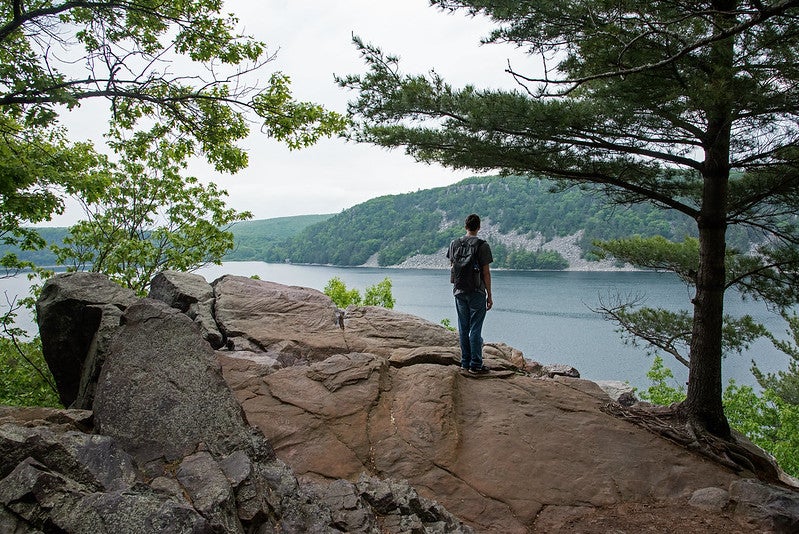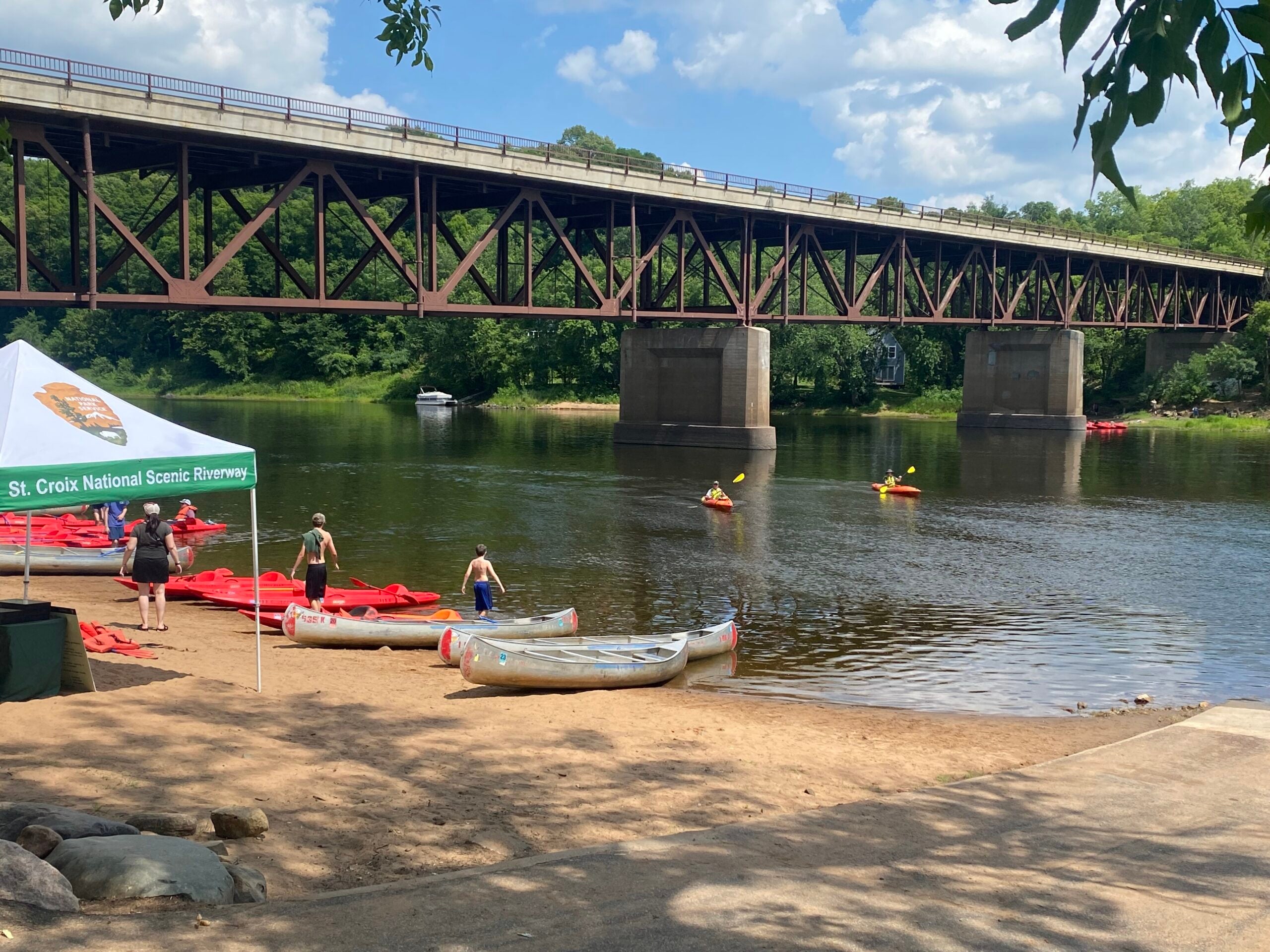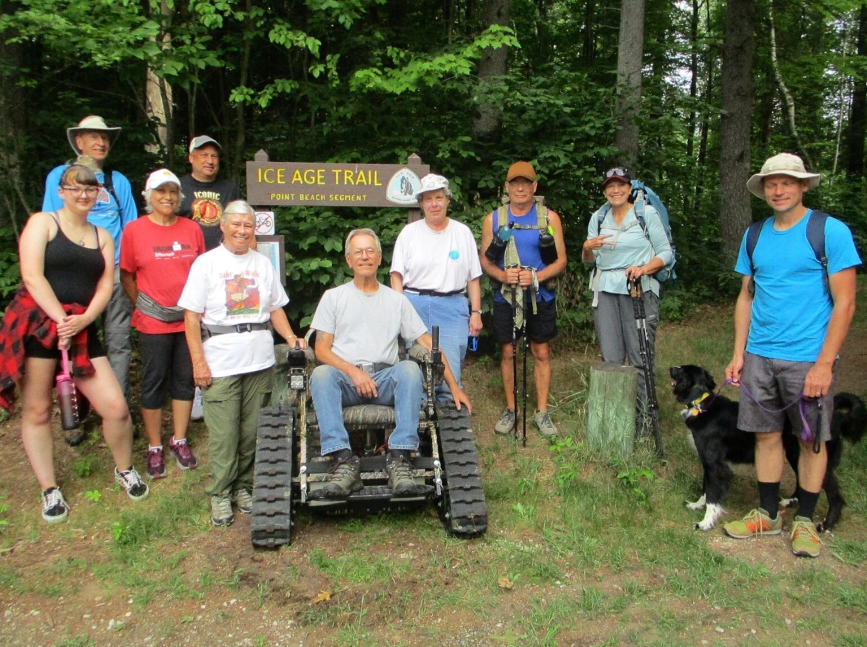The great outdoors are for everyone to enjoy. But not everyone has equal access to them. This hour, why the “adventure gap” between white people and minorities persists when it comes to getting out into the wilderness.
Featured in this Show
-
Author Highlights 'Adventure Gap' In Experiencing Outdoors
Hiking, biking and camping have long been a part of Wisconsin’s environmental heritage, but for people of color, a long history of systematic oppression has made the outdoors feel like an uncomfortable, or even unsafe place, said James Mills, freelance journalist and author of “The Adventure Gap: Changing the Face of the Outdoors.”
“The reasons vary from person to person,” he said. “But some of the common things are, you know, we spent generations in my family trying to get inside, why would we want to go outside?”
Another possible reason is generations of systemic oppression.
“When you have a disassociation with the natural world because spending time in the outdoors for many families was basically saying, you know, you need to be in the fields, you need to be out working doing manual labor,” Mills said.
“You also have what I’ll describe as de-facto urbanization of people of color,” Mills later said. “Because of housing discrimination they are made to belong in cities and if they’re found outside of cities, they’re where they don’t belong. And that’s where you have multi-generations of very little association with the natural world.”
Many of the national parks were segregated through the 1940s, some longer, and redlining practices happened through the 1960s.
Mills, who has traveled across the world writing about the outdoors and diversity in the outdoors industry, argues that if we’re going to increase attendance at national parks or get more people out exploring Mother Nature, the conversation around nature and preservation also needs to be more inclusive.
“Our stories of wildlife preservation begins and ends with John Muir, begins and ends with Aldo Leopold, begins and ends with Gaylord Nelson,” he said. “Now again, I’m not going to disparage their contributions to wilderness preservation but their’s is not the only narrative.”
One example of many is the Buffalo Soldiers, six African-American cavalry and infantry regiments, who were a vital part at the start of the national park system in building infrastructure and protecting Yosemite and Sequoia national parks in California, Mills said.
“We can stop and we can correct that lack of understanding … people of color have always been engaged and involved in outdoor recreation,” he said.
America’s demographics are changing, by the 2042 census it’s projected that a higher percentage of the population will be people of color, and in some areas of the country that’s already happened.
Mills stresses that everyone needs to see the value of — and feel valued by — the national and state park systems.
The federal government currently has an $11.6 billion deferred maintenance backlog in the national park system, Mills said. In Wisconsin, state support for the park system has been defunded, and entrance fees have been increased to fill the gap.
And the only way to fix that is if there is an outcry from the American people, he said.
“It becomes infinitely less of a race issue, becomes more of a socio-economic issue … for some people, you know, $28 bucks for a state park pass is a lot of money. Now if we can bring that cost down to make it more accessible to more people, you know, at the very least they will lend their vote, if not their money, to the protection of our wild spaces,” Mills said.
Mills said he’s heard people of color express concerns for safety and share stories of growing up being told to avoid activities like hunting or being outdoors after dark.
It’s important to acknowledge the hesitation and fear people may have about exploring the outdoors, he said, and simultaneously encourage people to explore nature in any way possible and have positive experiences.
There are opportunities to have a good relationship with nature wherever you live, he said, whether that’s a city park, a lake shore or a box garden at your home. It doesn’t have to be overnight camping, hunting or fishing. Have a picnic, go for a hike or take a day trip to a Wisconsin state park.
“The question ultimately though is, how do we turn that into environmental stewardship and basically make sure that when people are engaging in positive relationships with the outdoors it’s actually part of their health and wellness … both physically and mentally?” Mills said.
One way to achieve this is not doing it alone, Mills said. Find a group of people with similar experiences, concerns and interests. One organization Mills has worked with, Outdoor Afro, is a national organization that has a chapter in Madison and works in Milwaukee. The group gets together for bonfires in Madison, surfing and paddle boarding in Shorewood and hiking in Kettle Moraine State Forest.
“Outdoor Afro is a community that reconnects African-Americans with natural spaces and one another through recreational activities such as camping, hiking, biking, birding, fishing, gardening, skiing — and more … to help shift the visual representation of who gets outdoors,” the website states.
Episode Credits
- Carrie Kaufman Host
- Colleen Leahy Producer
- Kealey Bultena Producer
- James E Mills Guest
Wisconsin Public Radio, © Copyright 2024, Board of Regents of the University of Wisconsin System and Wisconsin Educational Communications Board.

